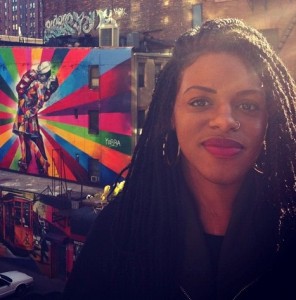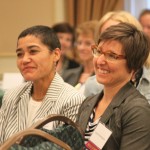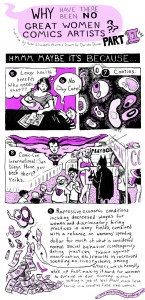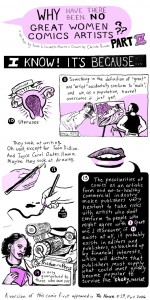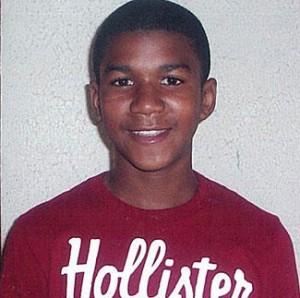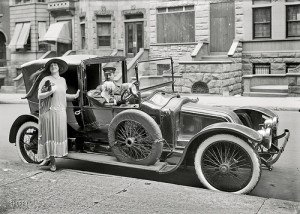 I’ve been struck lately by the polarities that sometimes infuse popular feminist debate around gender, childhood, and toys. On multiple fronts.
I’ve been struck lately by the polarities that sometimes infuse popular feminist debate around gender, childhood, and toys. On multiple fronts.
CJ Pascoe and Tristan Bridges’ post here last week, controversially titled “Stop the War on Pink—Let’s Take a Look at Boys’ Toys,” sparked a minor bruhaha in popular feminist circles. In their title, and in their post, Pascoe and Bridges used a rhetorical technique that my colleagues at The OpEd Project call “the refocus.” While it seemed to me that their stance of “enough about pink already” could be read as a foil, and a way into their argument, others, like media studies professor and author Rebecca Hains, rightly took issue. “Does the ‘War on Pink’ Need to Stop for Boys’ Sakes? No, and Here’s Why,” the title of a post by Hains, in response, stated.
Ultimately, as a brief exchange over at Facebook made clear, all parties stand on the same side of the issues here and believe boys and girls all deserve a wider rainbow of options. We agreed a forum didn’t make sense, since it would consist primarily of head nodding. We may disagree on the effective use of certain rhetorical tactics. But we all agree on a similar flavor of change.
Still, it stayed with me. As someone obsessed by the way feminist history repeats, it got me thinking about the past.
There’s a long history to the so-called boy versus girl advocacy in the popular realm. When conservative critic Christina Hoff Sommers came out with The War Against Boys: How Misguided Feminism is Harming Our Young Men in 2001, the very title made me cringe. While willing to be persuaded that boys, in fact, had problems, I saw zero correlation between their issues and “misguided feminism,” however one defined that phrase. Sommers maintained that the so-called “girl crisis” (her term) had led to changes in schools, politics, and parenting that had a horrible cost for boys, who allegedly became even more at risk, as a result. Interestingly, the book was reissued in 2013 with the “Feminism” of the subtitle changed to “Policies” instead.
But back in 2001, egged on by Sommers’ barb, feminists took the bait. Many responded with what seemed to me the wise yet obvious retort that the war for healthier childhood was not about the girls versus the boys, and that feminists (doh) were not to blame. I was as indignant as the rest that Sommers, who registered as a scholar, had stooped to such a ploy. I remember thinking, did she really believe some of the things she wrote and said? Whether she did or whether she was using rhetoric to magnify her point, for all the attention given her book, it was an effective, if maddening, ruse.
Much has changed in the 13 years since Sommers’ controversial title first made waves. The field of girls studies has grown exponentially, built on an incredible foundation laid down by the field’s early architects (Girl w/Pen’s own Susan Bailey among them). The field of masculinity studies has deepened and widened, too. In 2014, those advocating for boys and those advocating for girls are no longer in opposition. Or at least, we shouldn’t be. Right?
As is often the case on the Internets, a forum as enriching as it can be problematic, when I find myself agreeing with both “sides” of an alleged debate, nodding “yes” to parties who somehow find themselves on opposing divides, my instinct is to bring them together.
Watch for a dialogue between me and Rebecca Hains–-as well as more Manly Musings from CJ Pascoe and Tristan Bridges–all coming to this space very soon.
I invite you to follow me on Twitter @deborahgirlwpen, join me on Facebook, and subscribe to my quarterly newsletter to keep posted on my coaching workshops and offerings, writings, and talks.

